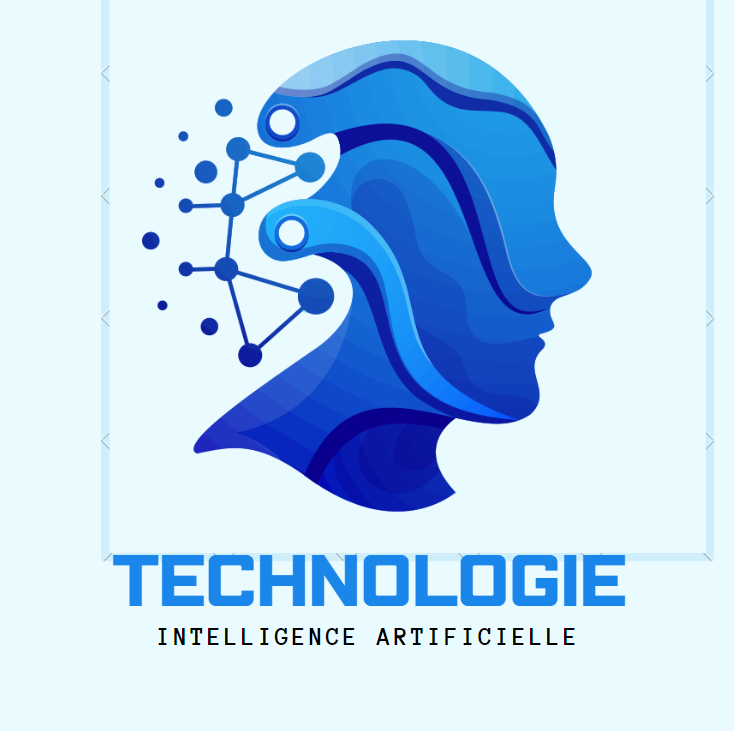multimodal learning
In today's data-rich environment, information comes in various forms, from text and images to audio and video. Traditional approaches to data analysis often treat these modalities in isolation, overlooking the valuable insights that can be gained by integrating multiple sources of information. Enter multimodal learning, a burgeoning field at the intersection of machine learning and artificial intelligence. Multimodal learning seeks to harness the power of diverse data modalities, such as text, images, and audio, to enhance understanding, prediction, and decision-making.
 |
| multimodal learning-Explore techniques for integrating and learning from multiple modalities |
By developing algorithms and models capable of effectively integrating and learning from these diverse sources, multimodal learning promises to revolutionize a wide range of applications, from image captioning and speech recognition to medical diagnosis and human-computer interaction. In this exploration, we delve into the principles, techniques, and applications of multimodal learning, unlocking its potential to transform how we perceive, analyze, and interact with complex data in the digital age.
What is a multimodal learner?
A multimodal learner is a system or model capable of processing and learning from data that involves multiple modalities, such as text, images, audio, and video. Unlike traditional learning models that operate on data from a single modality, multimodal learners are designed to effectively integrate and leverage information from diverse sources to perform tasks such as classification, prediction, generation, or understanding. These learners can capture complex relationships and patterns across different modalities, leading to more robust and comprehensive insights. Multimodal learners play a crucial role in various applications, including image captioning, visual question answering, speech recognition, emotion recognition, and medical diagnosis, where information from multiple modalities is essential for making accurate decisions or predictions
What is a multimodal education?
Multimodal education refers to an instructional approach that incorporates multiple modes of communication, representation, and expression to enhance learning experiences and outcomes. Unlike traditional education, which often relies primarily on text-based materials and lectures, multimodal education recognizes and leverages the diverse ways in which individuals perceive, process, and engage with information.
In a multimodal educational environment, learners are exposed to a variety of modalities, including:
- Text: Traditional written materials such as textbooks, articles, and handouts provide foundational knowledge and information.
- Visuals: Visual elements such as diagrams, charts, graphs, maps, and videos are used to illustrate concepts, demonstrate processes, and enhance understanding.
- Audio: Audio components such as podcasts, recorded lectures, and soundscapes can provide additional explanations, narration, or auditory cues.
- Interactivity: Interactive elements such as simulations, games, quizzes, and hands-on activities engage learners actively in the learning process and promote experiential learning.
- Multimedia: Integrated multimedia presentations combine various modalities, such as text, images, audio, and video, to convey complex information effectively and cater to different learning preferences
By incorporating multiple modalities into instruction, multimodal education aims to accommodate diverse learning styles, preferences, and abilities. This approach recognizes that individuals have different strengths and preferences when it comes to processing information, and providing a variety of modes can enhance accessibility, engagement, and retention. Additionally, multimodal education promotes critical thinking, creativity, and communication skills by encouraging learners to express their understanding through different mediums and formats.
Overall, multimodal education reflects a shift towards more inclusive, interactive, and engaging learning environments that leverage the full spectrum of human communication modalities to support effective teaching and learning.
What is an examples of multimodal learning ?
An example of multimodal learning is in the field of image captioning. In this scenario, a multimodal learning model takes as input an image and generates a descriptive caption that accurately describes the contents of the image. This process involves integrating information from both the visual (image) and linguistic (text) modalities.
Here's how it works:
- Input: The model receives an image as input, which is typically represented as a grid of pixel values.
- Feature Extraction: The model extracts high-level features from the image using convolutional neural networks (CNNs). These features capture visual information such as objects, shapes, and textures present in the image.
- Language Processing: Simultaneously, the model processes the captioning task by generating text. This can involve recurrent neural networks (RNNs) or transformer-based models like GPT (Generative Pre-trained Transformer) operating on a sequence of words.
- Multimodal Fusion: The extracted visual features and the text representation are combined or fused at some level to create a joint representation that captures both visual and linguistic information.
- Caption Generation: Finally, the joint representation is used to generate a descriptive caption for the image. This can be achieved using techniques such as attention mechanisms, which dynamically focus on different parts of the image and words during the generation process.
For instance, given an image of a dog chasing a frisbee in a park, a multimodal learning model could generate the caption "A dog playing fetch in the park." This example demonstrates how the model integrates visual information from the image (the presence of a dog and a frisbee in a park) with linguistic knowledge to produce a coherent and relevant caption.
Conclusion: multimodal learning represents a transformative approach to data analysis, understanding, and decision-making in today's digital age. By harnessing the power of diverse data modalities such as text, images, audio, and video, multimodal learning enables systems to gain deeper insights, make more accurate predictions, and perform a wide range of tasks across various domains.
